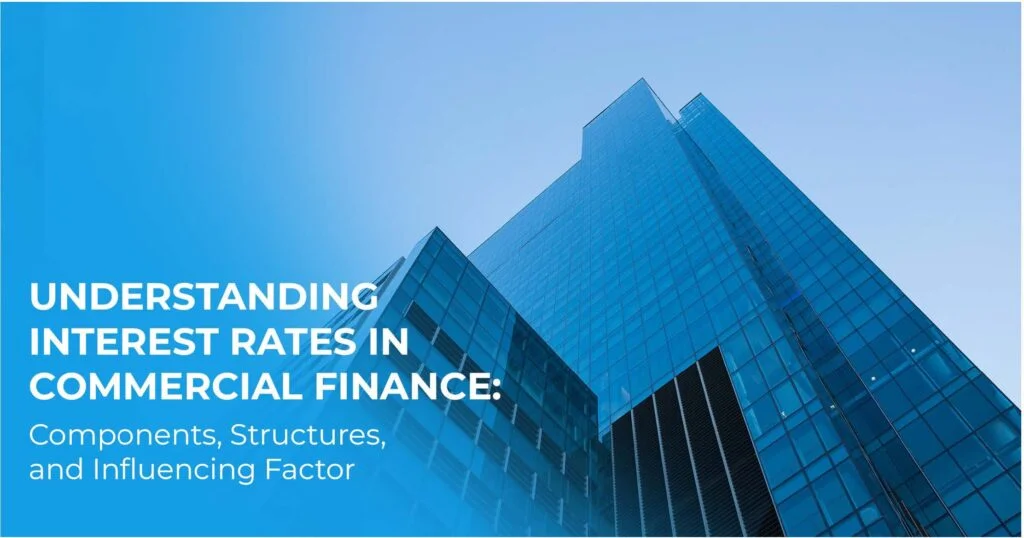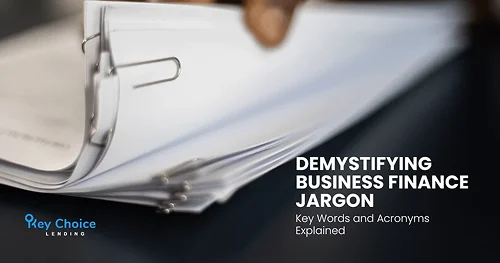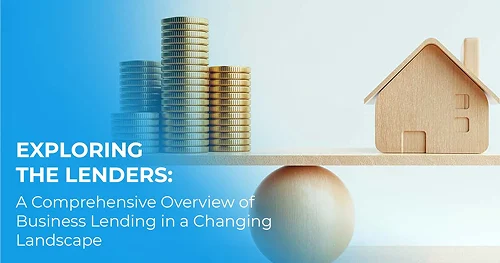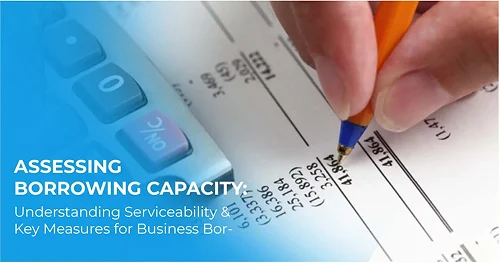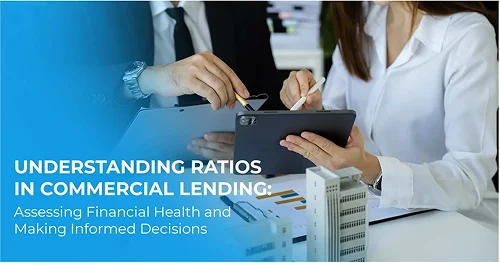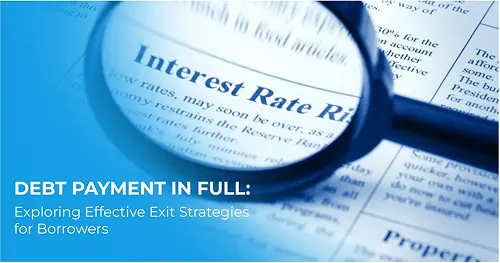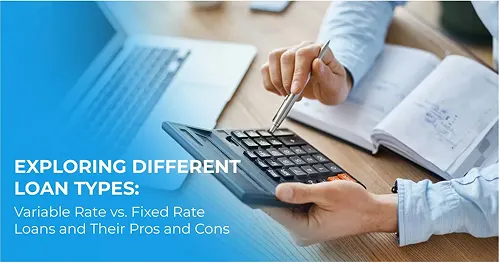Understanding Interest Rates in Commercial Finance: Key Factors and Structures
Interest rates in commercial finance are a critical factor influencing the cost and terms of borrowing. Unlike residential mortgages, commercial loans often involve complex rate structures tied to risk assessments and market benchmarks. Understanding how these rates are determined, their components, and the factors influencing them can empower businesses to make informed financing decisions. This article explores the intricacies of interest rates in commercial finance, providing insights into risk grading, rate structures, and key considerations for borrowers.
Understanding Interest Rates
The terms of lending depend on the borrower’s relative risk of default, which is determined by a bespoke risk grading system incorporating qualitative and quantitative measures. This risk grading also establishes the required Return on Equity (ROE) for the business, serving as the basis for the lender’s rate pricing and fee model. It considers the probability of default based on the risk grade and calculates the 'loss given default' to determine the capital cost requirement based on the lender’s cost of funds.
Interest Rate Structure
Unlike mortgages, business customers often face uncertainty about the interest rates for their commercial finance. Small and medium-sized enterprise (SME) loans are typically presented as a simple all-inclusive interest rate. However, larger loans are usually linked to a market-based interest rate with added margins and costs.
Interest Rate Components
Base Rate: A commercial loan is based on a Bank Bill Swap Bid Rate (BBSY) or a similar benchmark at which the financier borrows money.
Margin: The customer margin is determined by factors like character, capacity, and capital. The interest rate on a bill facility is reset at rollover based on the current base rate plus the margin. For example, it might be quoted as 2.5% over BBSY.
Line Fees: These are payable to maintain credit availability, with interest charged only on the loan balance.
Interest Rates Offered
Interest rates are influenced by:
- The primary purpose of the funding affects the perceived risk and rate pricing.
- Risk grading determines the borrower’s likelihood of default, impacting the interest rate.
- The quality of collateral provided influences rates, with unsecured funding typically resulting in higher interest rates.
- Loan-to-Value Ratio (LVR) based on the collateral provided affects pricing, with higher LVR increasing rates.
- The strength of the capacity to service the debt, assessed through various measures, impacts the offered rate.
- The loan term influences the interest rate due to varying risk exposure over time.
Conclusion
This article delves into the intricate world of interest rates in commercial finance, emphasizing the role of risk grading in determining lending terms based on borrowers’ risk profiles and Return on Equity (ROE) requirements. It sheds light on the interest rate structure, contrasting SME loans with market-based interest rates for larger loans.
Additionally, it explores the key components of interest rates, including Base Rate, Margin, and Line Fees. It discusses the various factors influencing the interest rates offered, such as risk grading, collateral quality, Loan-to-Value Ratio (LVR), capacity to service debt, loan purpose, and term.
The information provided in this blog is for educational purposes only and should not be considered financial advice. Always consult with a professional financial advisor or lender for specific lending decisions.
Download Your Free E-Book Today!
Unlock instant access to our comprehensive E-Book – packed with insights and strategies you won't want to miss. Simply share a few details to begin your journey:
